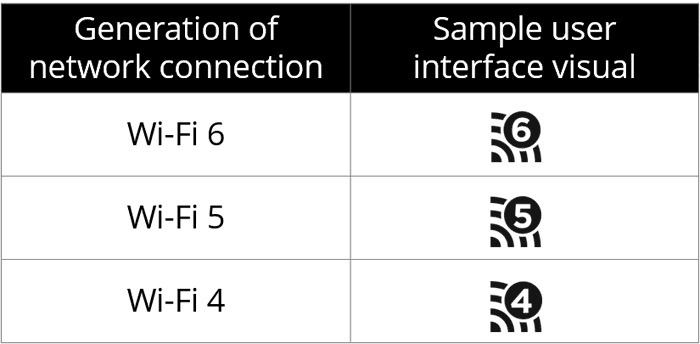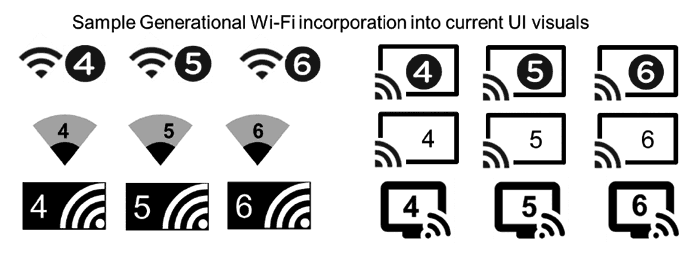The next improvement in speed and features coming to Wi-Fi will be thanks to the arrival of 802.11ax technology in 2019. Up to now the Wi-Fi allowance has named subsequent versions of Wi-Fi after their IEEE specification names. PC and smart device enthusiasts will be well acquainted with the improving standards over recent years and new devices, like the latest Surface Pro 6 from Microsoft, are still listed as backwards compatible with IEEE 802.11 a/b/g/n and the newest IEEE 802.11 ac standards. However, the naming scheme is going to be a little bit less arcane from next year, with the move to numerically incrementing standards going forward.

Simply put, "the new naming system identifies Wi-Fi generations by a numerical sequence which corresponds to major advancements in Wi-Fi". The upcoming IEEE 802.11ax capable devices will be identified as Wi-Fi 6 compatible. Furthermore, the Wi-Fi alliance is going to backdate the new naming scheme so we will see the following:
- Wi-Fi 6 to identify devices that support 802.11ax technology
- Wi-Fi 5 to identify devices that support 802.11ac technology
- Wi-Fi 4 to identify devices that support 802.11n technology
Explaining the new naming initiative, the president and CEO of the Wi-Fi Alliance, Edgar Figueroa, said "For nearly two decades, Wi-Fi users have had to sort through technical naming conventions to determine if their devices support the latest Wi-Fi." Figueroa and his colleagues reckon that the new naming scheme will be helpful to both industry and end users to quickly find out and compare its Wi-Fi capabilities.
When Wi-Fi 6 arrives it will bring the following key improvements:
- Higher data rates
- Increased capacity
- Good performance in dense environments
- Improved power efficiency
Beyond the obvious benefits of higher data rates and capacity, the boost in performance in dense environments, such as stadiums and similar, sounds very useful. Moreover Wi-Fi 6's improved power efficiency can help mobile, smart home and IoT device users stay connected.

Networking component manufacturers such as Qualcomm, Intel, Broadcom, MediaTek, and Marvell welcomed the above news.













